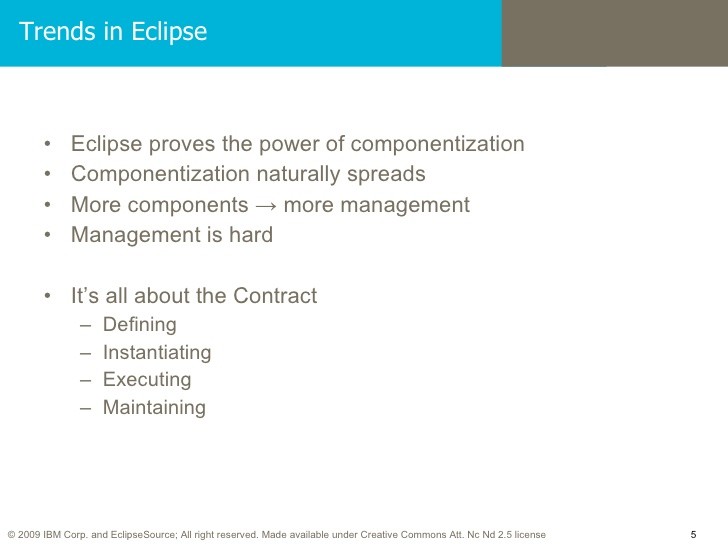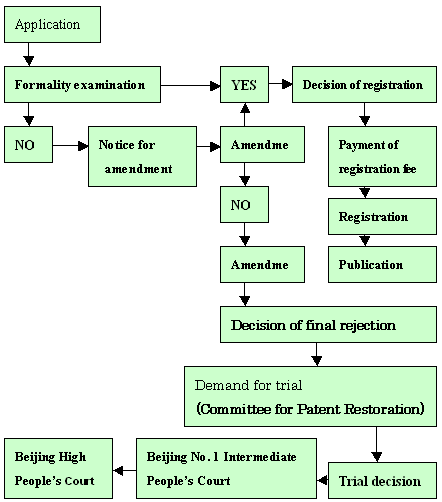Profit With The Power Of P
Post on: 15 Июль, 2015 No Comment

Perhaps one of the most widely-used stock analysis tools is the price-to-earnings ratio. or P/E. This perpetual prophesier of profit has been used for ages by analysts and still remains one of the most relevant pieces of stock valuation. A simple P/E ratio can reveal the stock’s real market value and how the valuation compares to its industry group or a benchmark like the S&P 500 Index. Investors will find that an understanding of this financial term is priceless in properly communicating to other investing professionals.
What is P/E?
A doughnut shop owner’s business generates $10,000 in profit per year, and he is hoping to sell his shop for $200,000. His price is $200,000 and his earnings are $10,000 so his price-to-earnings ratio is 200,000/10,000 = 20. The number 20 by itself isn’t really very helpful unless you have something to compare it to. A common comparison could be to the stock’s industry group (other doughnut shops), a benchmark index and/or the historical P/E range of a stock. You may also be looking at our doughnut shop and thinking that it would take 20 years to recoup your money at the current rate of earnings. Therefore, it would also be important to compare the P/E by its expected future rate of growth in earnings and/or dividends.
Comparing Doughnut Shops
In most cases, an industry group will benefit during a particular phase of the business cycle and therefore many professional investors will concentrate on an industry group when their turn in the cycle is up. Remember that the P/E is a measure of expected earnings. Near the end of a period of economic expansion, inflation will usually become a problem; however, basic materials and energy companies will have higher earnings because of the better price they’ll get for the commodities they harvest. Toward the end of an economic recession, interest rates will usually be low and consumer cyclical stocks will usually expect higher earnings, because consumers may be more willing to purchase on credit because rates is low. (Learn more about cyclical stocks in Cyclical Versus Non-Cyclical Stocks . )

There are numerous examples of when P/Es will be expected to rise on a particular industry group. An investor could look for stocks within an industry group that is coming into favor and find those with the lowest P/Es as a way to determine which are the most undervalued.
If the stock is at the higher end of its range, the likelihood of the stock being overvalued is much greater, whereas, if the stock has a P/E at the lower end of its range, then there is a greater likelihood of it being undervalued. Because of the way companies grow, this isn’t always as reliable as one may hope. Therefore, investors may choose to only use approximately 10 years of P/E to keep the range in better perspective.
Fundamental and technical analysts have been looking at historical P/Es for over 100 hundred years. Charles Dow noted in his observations, that later became known as Dow Theory. that the bottom of a bear market commonly coincided with P/E ratios on the Dow Jones Industrial Average below 10. Financial bubbles have expanded P/E ratios over time to higher highs (see Figure 1). A quick observation of P/E ratios of the S&P 500 since the late 1800s shows that the average P/E ratio for the S&P 500 is approximately 15 and a P/E above 20 may be considered overvalued for the benchmark index. (Read more about the Dow Theory in our comprehensive Dow Theory Tutorial . )














